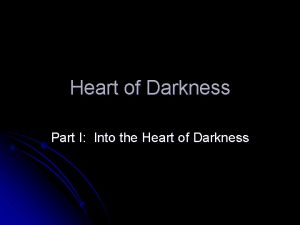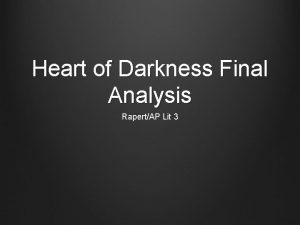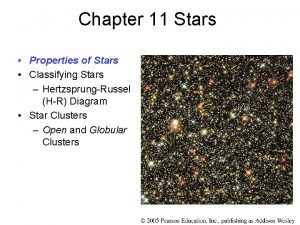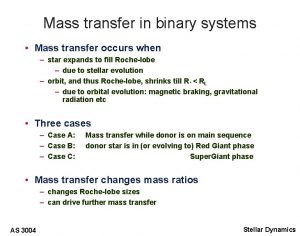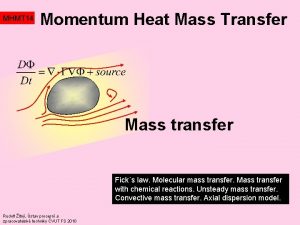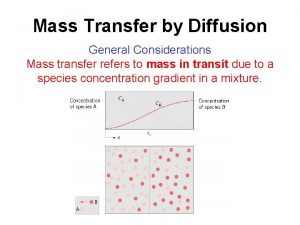Chapter 10 The Deaths of Stars Mass Transfer











- Slides: 11

Chapter 10 The Deaths of Stars

Mass Transfer in Binary Stars In a binary system, each star controls a finite region of space, bounded by the Roche Lobes (or Roche surfaces). Lagrange points = points of stability, where matter can remain without being pulled towards one of the stars. Matter can flow over from one star to another through the Inner Lagrange Point L 1.

Recycled Stellar Evolution Mass transfer in a binary system can significantly alter the stars’ masses and affect their stellar evolution.

White Dwarfs in Binary Systems Binary consisting of WD + MS or Red Giant star => WD accretes matter from the companion Angular momentum conservation => accreted matter forms a disk, called accretion disk X-ray emission T ~ 106 K Matter in the accretion disk heats up to ~ 1 million K => X-ray emission => “X -ray binary”

Nova Explosions Hydrogen accreted through the accretion disk accumulates on the surface of the WD. Nova Cygni 1975 Þ Very hot, dense layer of non-fusing hydrogen on the WD surface Þ Explosive onset of H fusion Þ Nova explosion

Recurrent Novae In many cases, the mass transfer cycle resumes after a nova explosion. T Pyxidis → Cycle of repeating explosions every few years – decades

The Fate of our Sun and the End of Earth • The Sun will expand to a Red giant in ~ 5 billion years. • Expands to ~ Earth’s radius • Earth will then be incinerated! • Sun may form a planetary nebula (but uncertain) • Sun’s C, O core will become a white dwarf


The Deaths of Massive Stars: Supernovae Final stages of fusion in high-mass stars (> 8 Msun), leading to the formation of an Iron core, happen extremely rapidly: Si burning lasts only for ~ 1 day Iron core ultimately collapses, triggering an explosion that destroys the star: A Supernova

Numerical Simulations of Supernova Explosions The details of supernova explosions are highly complex and not quite understood yet.

Supernova Remnants X-rays The Crab Nebula: Remnant of a supernova observed in a. d. 1054 Optical The Cygnus Loop The Veil. ANebula Cassiopeia
 There are millions of stars in the space
There are millions of stars in the space Small star life cycle
Small star life cycle Star with small and medium mass
Star with small and medium mass Jumlah korban perang dunia 2
Jumlah korban perang dunia 2 Chief accountant heart of darkness
Chief accountant heart of darkness Heart of darkness part 3 quotes
Heart of darkness part 3 quotes Gary job corps deaths
Gary job corps deaths Notice of intended marriage tasmania
Notice of intended marriage tasmania Menengai crater fire
Menengai crater fire Dr abeer deaths
Dr abeer deaths Tobacco causes _______ of cancer deaths around the world. *
Tobacco causes _______ of cancer deaths around the world. * Ava fontaine
Ava fontaine




